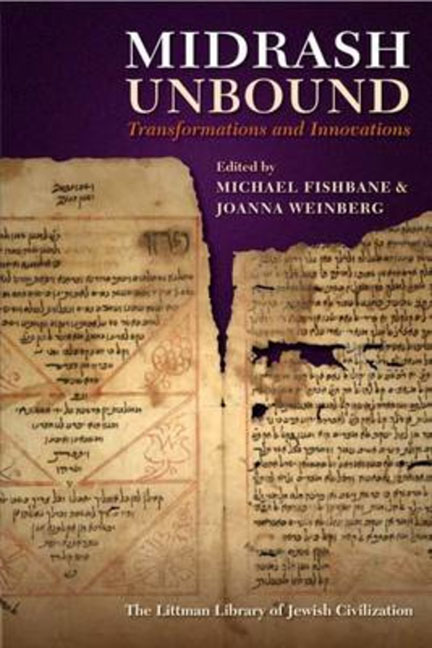6 - Piyut and Midrash: Between Poetic Invention and Rabbinic Convention
Summary
INTRODUCTION: THE REGISTERS OF TRADITION
The phenomenon of piyut, one of the comprehensive designations of Jewish liturgical poetry, whose major classical and early post-classical creativity spans the fifth–eleventh centuries ce, originating in the Land of Israel and spreading east and west, is quintessentially an archaeology of rabbinic tradition. It thus calls to mind the work of Michel Foucault, L’Archéologie du savoir, and its methodological reflections on the complex relationships between the ‘things said’ in culture and the way their selection or re-combination organizes ‘knowledge’ from a vast fund of data—the socalled cultural archive. Not all the data is privileged; and not all persons make the selections. Tracking these processes is thus a matter for cultural hermeneutics. In what follows, I shall allow Foucault's insights to clear some paths of approach to piyut. In so doing, I intend this discussion to be a companion piece to an earlier effort inspired by his thought. In that work, I focused on some of the ruptures and transformations of biblical and midrashic literature in the creation of liturgical epics in classical and early medieval piyut. In the present one, I should like to focus more on creative continuities between Midrash and piyut. And just as piyut is the third stratum of an archaeology of classical Jewish culture, built upon biblical and rabbinic foundations, every instance of its production plumbs these prior depths, and every instance of its analysis must sift through this stratigraphy to recover both the core deposits and their metamorphosed amalgam. I begin therefore with a brief characterization of these three layers and their essential characteristics.
The stratum of the Hebrew Bible comes first. Each one of its major divisions—Torah (Pentateuch), Nevi’im (Prophets), and Ketuvim (Writings)—is comprised of numerous forms of discourse (some named, some not), all complexly woven into more or less coherent strings of cultural data. The overarching temporal framework of this vast collection, from beginning to end, spans the creation of the world to the return of the people of Israel from exile; and thus its major historical sequences focus primarily on the emergence and establishment of the nation, through a covenant with God, and therefore on the derivative issues of its social-political destiny.
- Type
- Chapter
- Information
- Midrash UnboundTransformations and Innovations, pp. 99 - 136Publisher: Liverpool University PressPrint publication year: 2013

